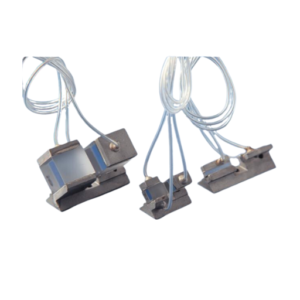Overview
Nonlinear Crystals in Quantum Technology
Nonlinear crystals are essential in various quantum applications, such as quantum computing and quantum optics, due to their ability to manipulate light in unique ways. One such crystal, PPKTP (Periodically Poled Potassium Titanyl Phosphate), stands out as a leading solution for generating quantum states of light.
PPKTP Crystals for Quantum Applications
PPKTP crystals are widely used in quantum applications, especially in:
- SPDC (Spontaneous Parametric Down-Conversion): A process where a photon is split into two lower-energy entangled photons, crucial for generating entangled photon pairs for quantum communication and quantum computing.
- SHG (Second Harmonic Generation): This nonlinear process doubles the frequency of a photon, which is useful for many optical systems.
- OPO (Optical Parametric Oscillation): A process to generate tunable light sources for different quantum experiments.
Advantages of PPKTP Crystals
- Quasi-Phase Matching (QPM): PPKTP employs quasi-phase matching, which allows it to overcome the limitations of birefringent phase matching (used in traditional KTP). This improves the efficiency of nonlinear optical processes.
- Larger Nonlinear Coefficient: PPKTP has a nonlinear coefficient three times larger than traditional bulk KTP, making it highly efficient for nonlinear interactions.
- Customizable for Applications: The unique structure of PPKTP can be tailored for different quantum applications across the transparency range of KTP crystals, offering flexibility for various optical setups.
Use in Quantum Light Sources
PPKTP is commonly used for generating single and entangled photon sources, critical components in quantum cryptography, quantum computing, and other advanced optical quantum technologies.
In conclusion, PPKTP crystals offer a high-performance, efficient solution for nonlinear processes, driving innovation in quantum technologies such as computing, communication, and sensing.










